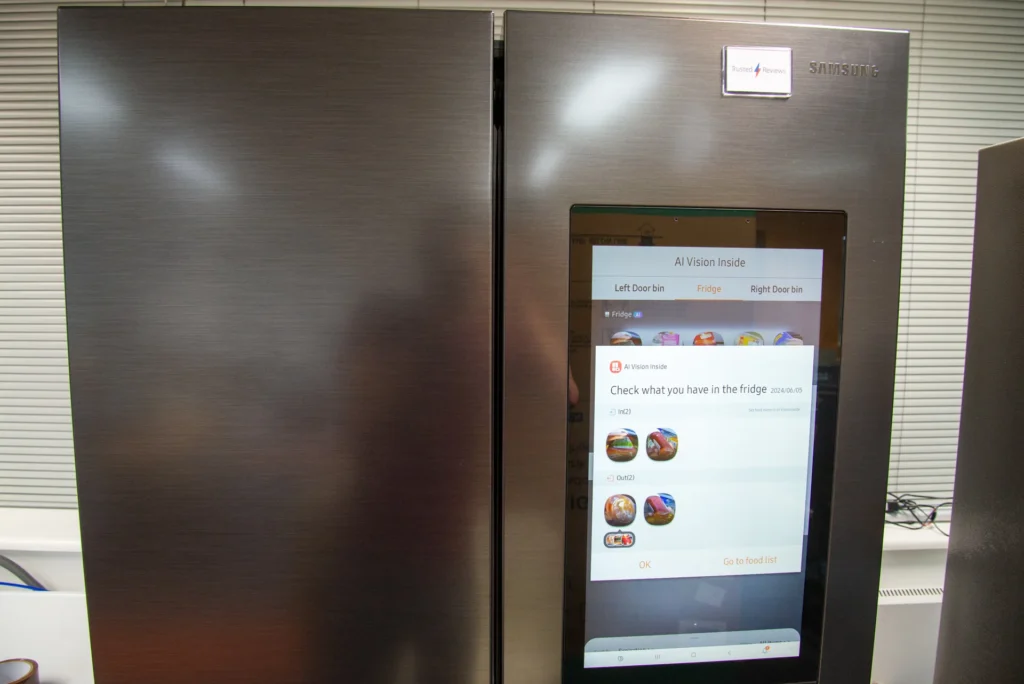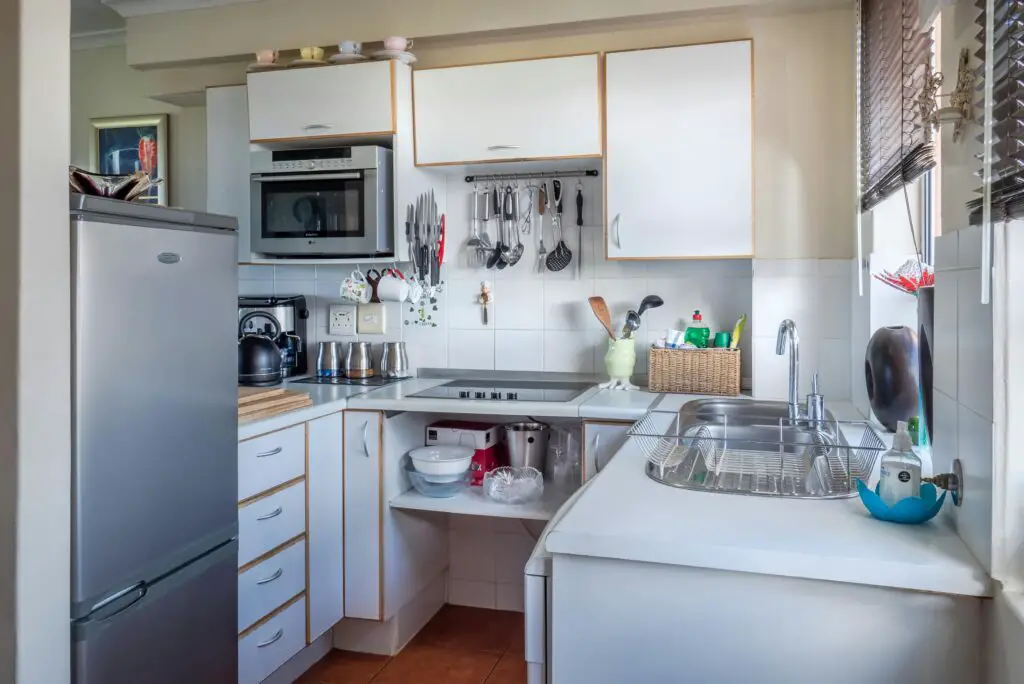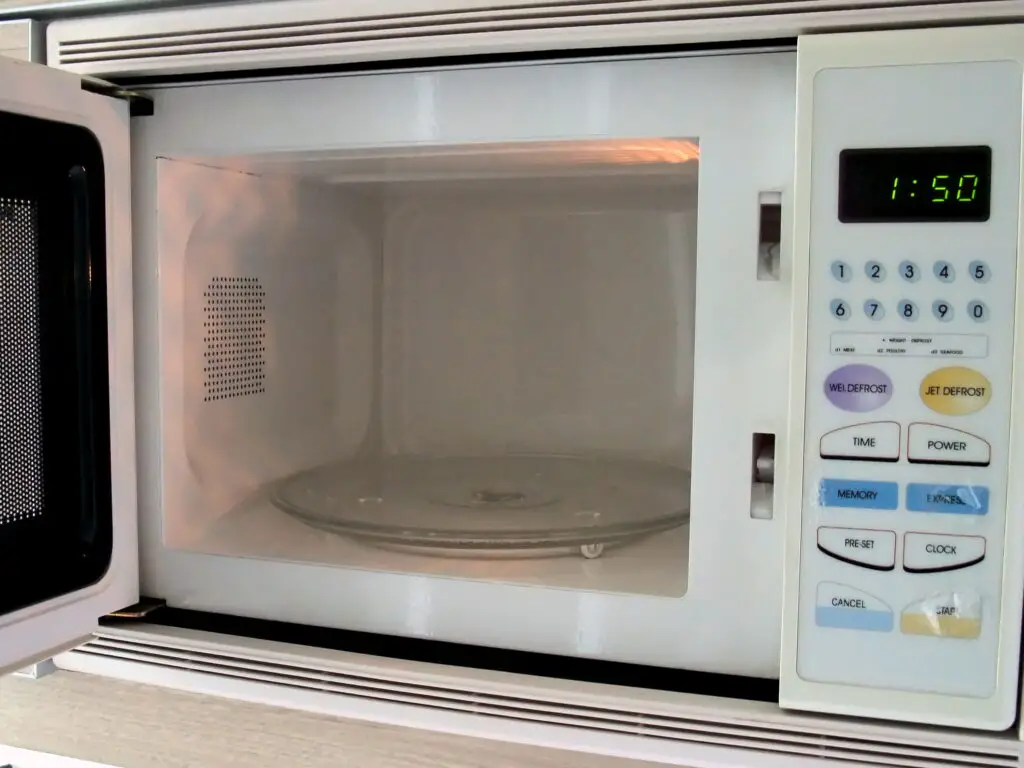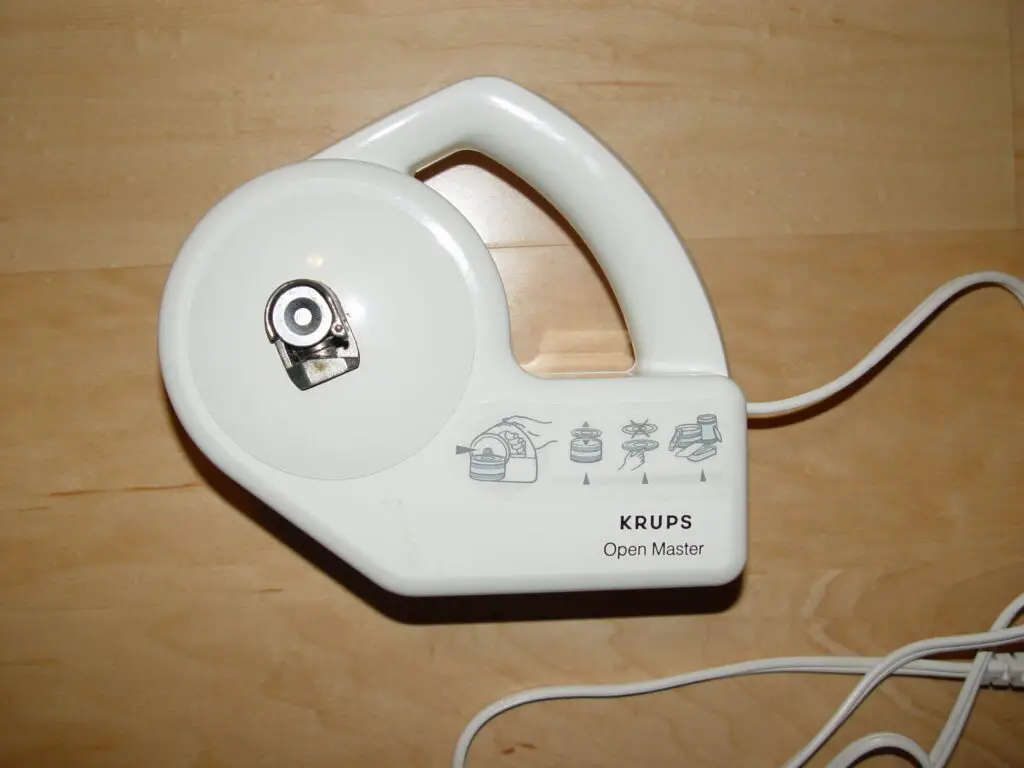1. Smart Appliances with Limited Updates

While smart fridges or ovens may feel cutting-edge, they can become obsolete quickly if manufacturers stop supporting software updates. Expensive features like touchscreen displays may also malfunction, making basic operations more difficult. Be cautious about overpaying for unproven technology.
2. Budget Refrigerators

Cheap refrigerators might seem like a bargain, but they often come with unreliable cooling, noisy operation, and short lifespans. Low energy efficiency can also lead to higher electricity bills over time. Investing in a quality fridge ensures better performance and fewer headaches.
3. Single-Use Kitchen Gadgets

Appliances like egg cookers, quesadilla makers, or hot dog rollers take up valuable counter or cabinet space without offering much versatility. They often go unused after the novelty wears off. Multi-functional devices are a far better use of your money and space.
4. Low-Capacity Washing Machines

Small-capacity washing machines may seem convenient for tight spaces, but they quickly become a hassle for larger households. They require more frequent loads, increasing water and energy usage. A full-sized washer is usually a more practical and efficient choice.
5. Discount Microwaves

Inexpensive microwaves often lack the power and features to heat food evenly or efficiently. They may also break down sooner, leading to replacement costs. Opting for a trusted brand with good reviews will save you frustration in the long run.
6. Compact Dishwashers

Compact dishwashers might save space but are often less effective at cleaning and hold fewer dishes. For small households, handwashing may be more efficient and cost-effective. A full-sized dishwasher offers better performance and value over time.
7. Overly Specialized Coffee Makers

High-end coffee makers that only use proprietary pods or capsules can be costly and limiting. The price of compatible coffee products adds up quickly, and you may regret not choosing a more versatile machine. Consider options that allow you to brew a variety of coffees at a lower cost.
8. Cheap Blenders

Low-quality blenders struggle to handle tough ingredients like ice or nuts, often burning out motors or leaving chunks in your smoothies. They also tend to have poorly sealed lids that lead to messy spills. A durable, high-powered blender is a much smarter investment.
9. Portable Air Conditioners

Portable AC units may seem convenient, but they often perform poorly, leaving rooms inadequately cooled. They can also be noisy and inefficient compared to window or split units. For reliable cooling, it’s better to choose a permanent installation.
10. Electric Can Openers

Electric can openers are a bulky and unnecessary appliance for most kitchens. Manual models are cheaper, easier to clean, and less prone to malfunction. You’ll save both counter space and money by sticking with the basics.
11. Nonstick Electric Griddles

Nonstick griddles often lose their coating quickly, leading to food sticking and uneven cooking. Replacement plates are rarely available, forcing you to buy a new one. Traditional stovetop pans are a better, longer-lasting choice for griddling.
12. Oversized Toaster Ovens

Extra-large toaster ovens may look appealing, but they often consume too much counter space while underperforming as an oven alternative. Many models struggle with even heating or break down easily. Smaller, more reliable options provide better functionality.
13. Low-End Vacuum Cleaners

Cheap vacuums frequently lack suction power, durability, and effective filtration. They often leave dirt behind or require frequent repairs, making them frustrating to use. Spending more upfront on a reliable model ensures cleaner floors and less hassle.
